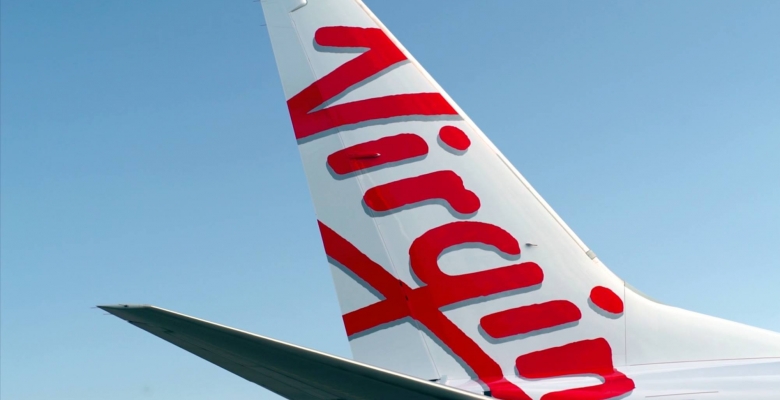Virgin Australia edges into profit, will not be privatised
27 February, 2018
4 min read
By joining our newsletter, you agree to our Privacy Policy


Virgin Australia will remain a publicly listed company and has edged back into the black with a $A4.4 million first-half statutory profit after tax.
The statutory profit, up $A25.4 million on the same result last year, came as the airline returned its highest underlying pre-tax profit result in a decade of $A102.5 million, up 142.3 percent.
But the airline still made a net loss attributable to owners of $10.3 million.
READ: Virgin boss confident Sydney to Hong Kong service will fly
The company said it was highly hedged against fuel price increases and it was expecting a better underlying 2018 second-half performance than the equivalent result last year.
The result was a long way behind the $A607m net profit announced by rival Qantas last week. Virgin is the smaller of the two airlines, laying claim to 38 per cent of the total market and 43 per cent of the business market.
Virgin generated $A270.6 million in cash from operating activities, its second highest in 10 years, and its financial leverage was also its best in a decade as it reduced debt by $A364m.
“The group has significantly improved its underlying financial performance compared to the prior corresponding period, recording one of our strongest ever first-half results,’’ chief executive John Borghetti said in a statement.
“This demonstrates the success of our long-term strategy to re-position the business and strengthen its financial foundation; however, there is more work ahead to ensure we continue to deliver.’’
Virgin said its domestic operations performed strongly with earnings before interest and tax improving 91.4 per cent to $153.1 million.
Virgin Australia International earnings rose $A600,000 to $A1.4m, despite the eruption of Mt Agung in Bali and investment in the launch of operations in Hong Kong. Revenue per available seat kilometre was down 1.2percentt.
Yields rose by more than three percent in both segments.
Tigerair Australia, which recorded a $A12.9 million drop in earnings to record a loss of $A6.7m, was hit by its unscheduled exit from Bali, resulting in surplus aircraft in the domestic fleet.
Virgin said these aircraft left the fleet earlier this month and Tigerair was fast tracking its fleet transition from Airbus A320 to Boeing 737 aircraft.
It was also withdrawing capacity on under-performing routes such as Brisbane-Perth and Brisbane-Whitsunday Coast.
Velocity Frequent Flyer saw revenue increase $A14.9m to $A191.3m as memberhsip increased by 600,000 since June 30, 2017, to 8.6m. But EBIT fell as the segment faced challenges from new credit card rules and investment in new business development initiatives to launch next financial year.
Virgin’s board had been looking at whether the group, more than 90 per cent of which is owned by major shareholders, should be privatised.
Virgin Australia board chairman Elizabeth Bryan said the decision to keep the airline publicly listed came after discussions with major shareholders.
But it will buy back “unmarketable” small parcels of stock held by 21,000 of the 38,000 shareholders in its free float of about 9 per cent.
Bryan said the board was conscious about 21,000 held unmarketable shares worth less than $500.
“Therefore, in light of the decision to remain a publicly listed company, the board has decided to offer smaller shareholders the unmarketable parcel buy-back facility we have announced today,’’ she said.
“This facility will give those shareholders the ability to sell their shares at an appropriate price and in a convenient, cost-effective manner.’’
Virgin also announced it would start flying daily return services between Sydney and Hong Kong using its A330-200 aircraft from mid-2018.
Get the latest news and updates straight to your inbox
No spam, no hassle, no fuss, just airline news direct to you.
By joining our newsletter, you agree to our Privacy Policy
Find us on social media
Comments
No comments yet, be the first to write one.

